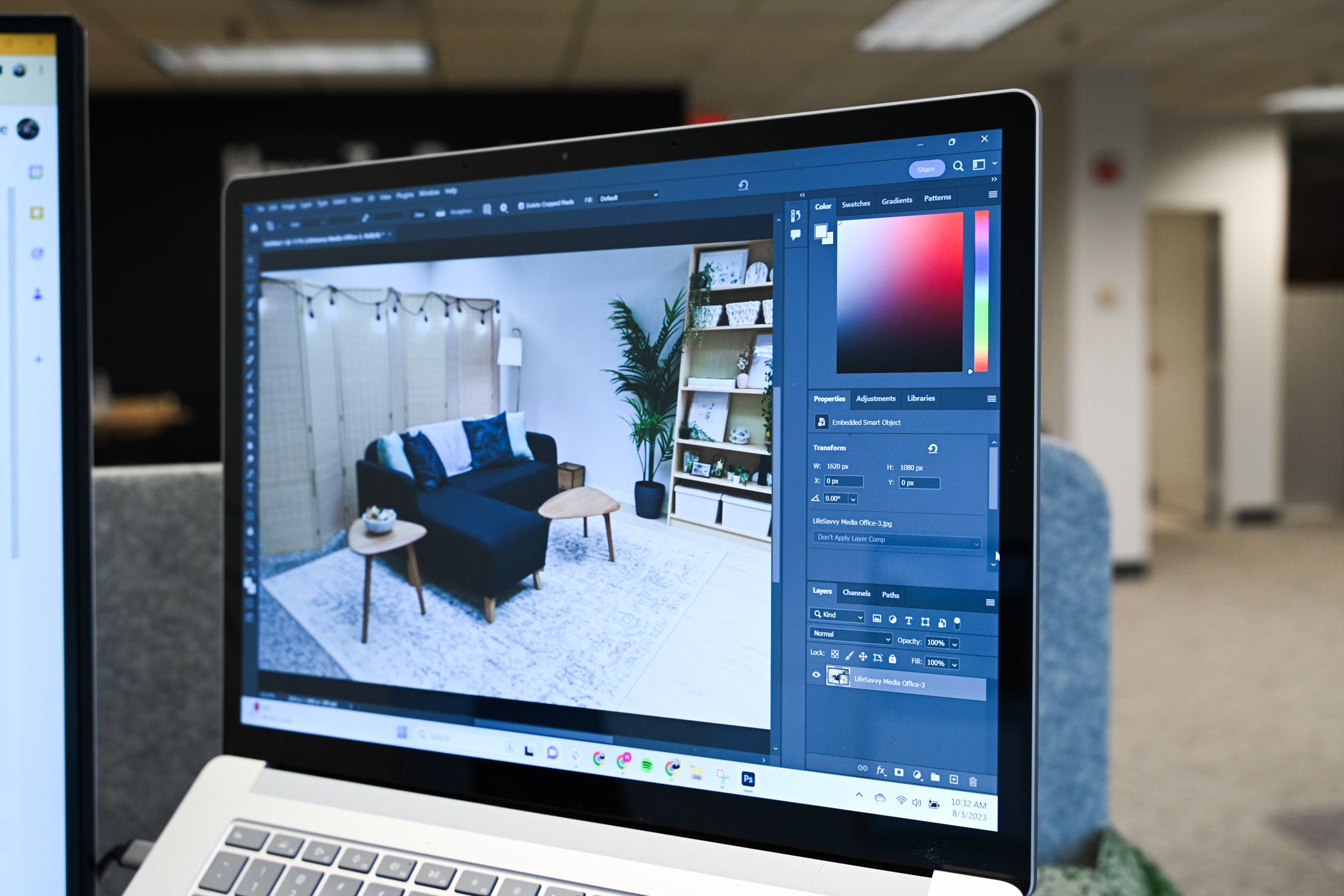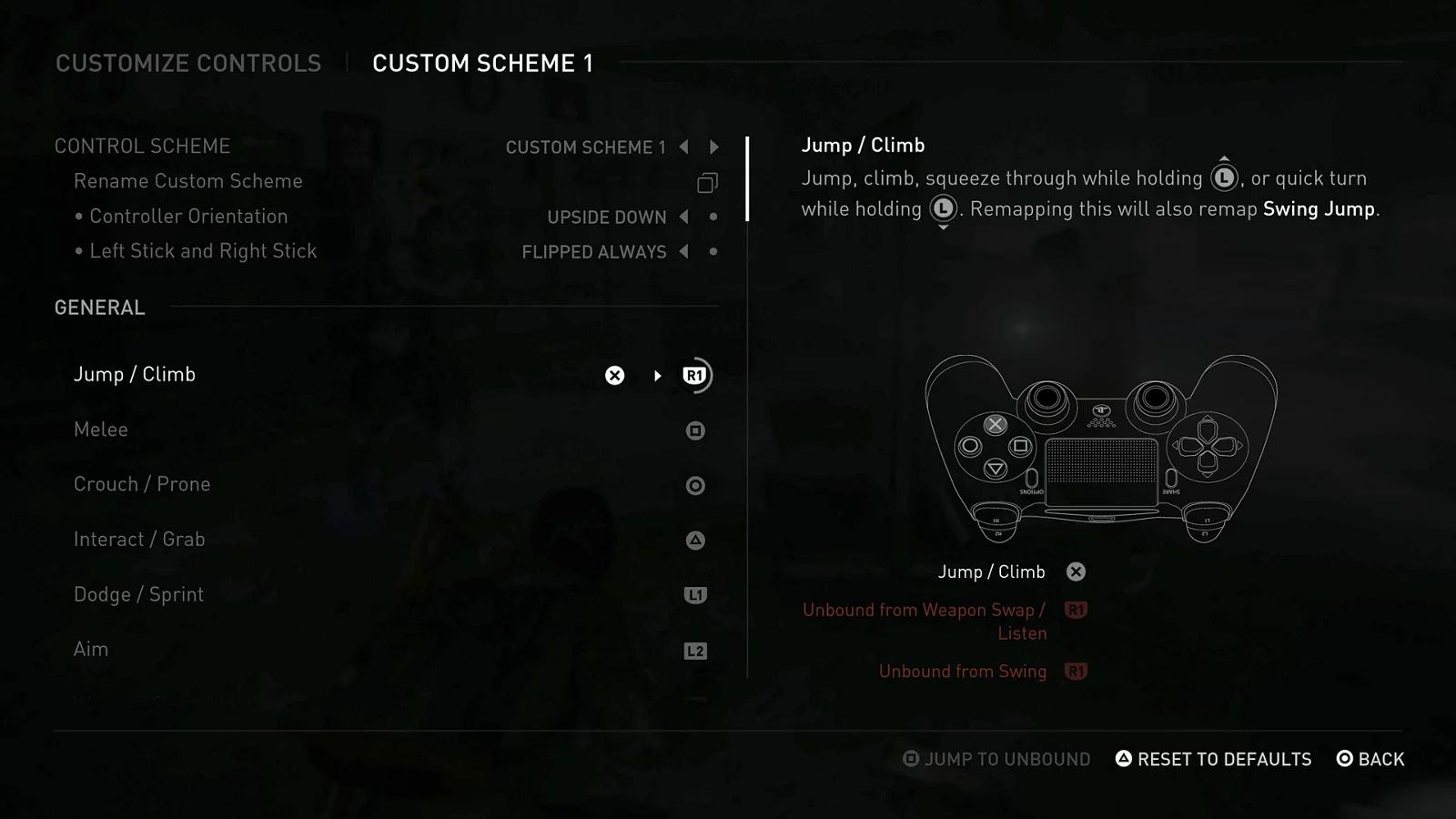Key Takeaways
- Feature creep leads to problems with software like cluttered interfaces, making products harder to use efficiently.
- Unnecessary additions can also be found in video games and even hardware, getting in the way of important features and decreasing usability.
- Companies can suffer delays in development due to implementing unwanted features, and the features can take a toll over time in terms of support.
Many modern tech products aim to fill as many needs as possible, whether it’s smart fridges that play movies or browsers with built-in weather trackers. The idea of having all these “essential” functions in a single product seems convenient at first, but it often leads to a greater problem known as “feature creep.”
Versatility at the Cost of Convenience
“Feature creep” refers to the practice of stuffing too many features into a single product. It’s a common problem that is present in many devices, software applications, and even video games. While the idea that a product can have too many features may sound like a strange critique, there are a few ways that an abundance of additions can become a detriment.
First impressions are everything, and that’s especially true for tech. Clean menus and an easily understandable UI are essential for making a product efficient and easy to use. But as more features are added, these menus inevitably become more complicated and harder to navigate. This added complexity is sometimes necessary for implementing quality-of-life improvements and other essential features, but feature creep often results in a product becoming too complicated for its own good.
Adding too many features to a program can easily lead to a cluttered and confusing interface. New users will be overwhelmed by the wide selection of menu options and tools, and even longtime users will struggle to keep up when menus are constantly redesigned to fit new features.
Adobe Photoshop is an infamous example of this problem, having added a daunting number of photo-editing tools and image settings over the years. Although the majority of these additions have been useful, Photoshop also has pointless features that take up menu space and make the program seem more complicated than necessary.
Finding specific features can also become a challenge due to feature creep. When you’re scrolling through lengthy toolbars and menus filled with dozens of options, it’s hard to locate the features you need. Likewise, these cluttered menus can cause you to miss out on hidden features in your operating system or forget about basic functions in popular apps.
These problems aren’t exclusive to everyday apps and systems. Feature creep is an extremely prominent issue for many video games, often affecting both gameplay and presentation. Plenty of games attempt to replicate more popular titles by adopting recognizable mechanics such as crafting menus, loot drops, and leveling systems. Unfortunately, these mechanics aren’t always well implemented, resulting in bloated experiences full of long-winded tutorials, half-baked systems, and crowded user interfaces.
At its worst, feature creep can lead to a product receiving frequent updates that don’t actually improve the overall user experience. Some examples include inconvenient features like YouTube’s Smart Download, invasive pop-ups like Windows 11’s short-lived QR code ads, or half-baked additions like the PlayStation 5’s emulated PS2 games. Regardless of whether any of these features started as good ideas, their haphazard implementation only makes their respective products worse.
Missing the Point of a Product
Many examples of feature creep begin as misguided attempts to design a product for multiple markets, resulting in appliances that double as entertainment centers and Blu-ray players with included web browsers. Having these features isn’t always a problem, but these extraneous additions shouldn’t distract from a product’s main priorities.
Regardless of the features added to entice consumers, people want their devices to fulfill specific functions. As with simple appliances, smart fridges are meant to keep your food cold and Alexa-enabled washing machines are used to wash clothes. Any feature unrelated to these basic functions is a welcome bonus at best, but unnecessary inclusions are often ignored by consumers.
This doesn’t mean that unnecessary features are always a sign of feature creep. In many cases, extra features can enhance a product’s main function and set a new standard for future models. Despite the many pointless inclusions found in smart fridges, they also contain useful features like maintenance alerts and wide-angle cameras that allow you to view the inside of the fridge through your mobile phone.
Accessibility features are also worthwhile additions, as they provide more options for users who have trouble using a product with its default settings. Apple’s iOS 18 includes accessibility features such as easier navigation with eye control and hover typing, as well as motion sickness settings and new voice commands for hands-free usage. Video games are also starting to adopt accessibility features such as colorblindness settings, audio feedback options, and controller settings for different hand positions.
Added features should enhance a product in meaningful ways, either by improving upon the product’s main function or eliminating the inconveniences of older models. Having a few minor features that don’t fall into either of these categories isn’t a problem, but it can lead to feature creep when manufacturers and developers continually fill their products with unwanted additions and poorly implemented ideas.
More Work for Unwanted Features
Feature creep isn’t just bad for consumers, but developers as well. It shouldn’t come as a surprise that additional features take more time to implement. Depending on the product, the additional development time caused by feature creep can result in delays lasting for months or even years. In many cases (especially video game development cycles), the problems caused by feature creep can turn into indefinite delays and eventually lead to the cancelation of major projects.
Even after a product is released, feature creep creates unnecessary complications for post-launch support. Technical issues are more likely to occur as the number of features increases, requiring more patches and software updates. Likewise, development priorities are spread thin to ensure every feature is updated and maintained over time. This often leads to significant user requests being neglected in favor of general bug fixes or the addition of even more unnecessary features.
Because of these issues, many products and services that suffer from feature creep eventually end support for unpopular and obsolete inclusions. While it may seem like bad news each time Microsoft announces the removal of yet another feature from Windows 11, these drastic changes help reduce feature creep and allow future updates to focus on more important functions.
Feature creep is one of the most common problems in tech products. Even the best developers and manufacturers fall into this trap, which is why many popular applications and devices constantly receive features that no one wants.
The next time you’re shopping for a tech product, avoid the problems of feature creep by steering clear of “all-in-one” packages. When it comes to devices or software, it’s better to choose quality over quantity.





